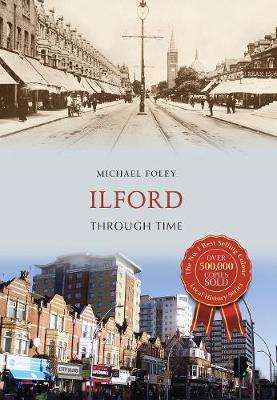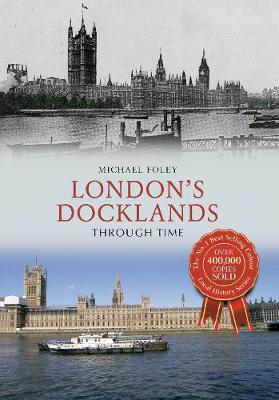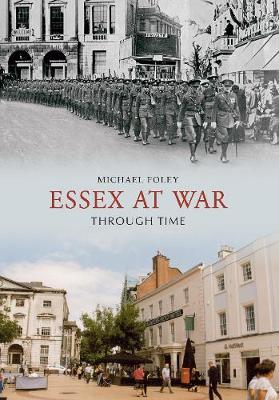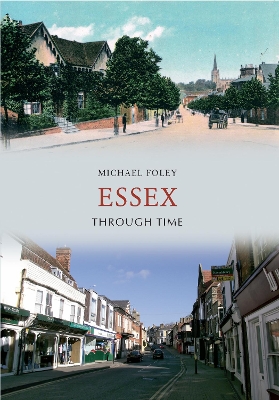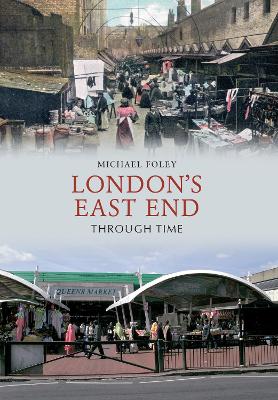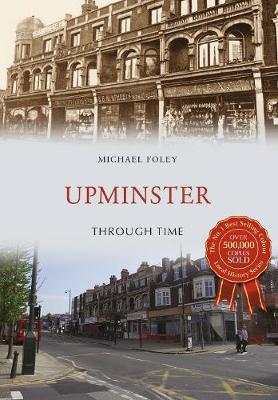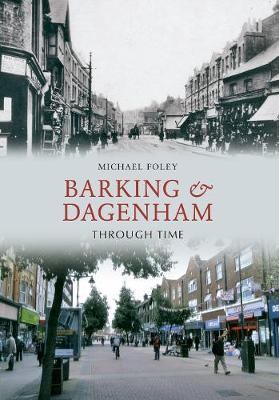Through Time
9 total works
All these changes are captured in this unique selection of old and new images and informative captions, compiled by London author Michael Foley, and is essential reading for anybody who knows and loves Ilford.
The area around the docks was one of the poorest in the country, with men working on a casual basis and often fighting other men for the few jobs available in the docks. As well as the docks, the area along the Thames was also a major shipbuilding site until the early twentieth century where many of the early warships were built.
All of these changes are captured in this unique selection of old and new images and informative captions. Compiled by London author Michael Foley, Upminster Through Time is essential reading for anybody who knows and loves this historical town.
